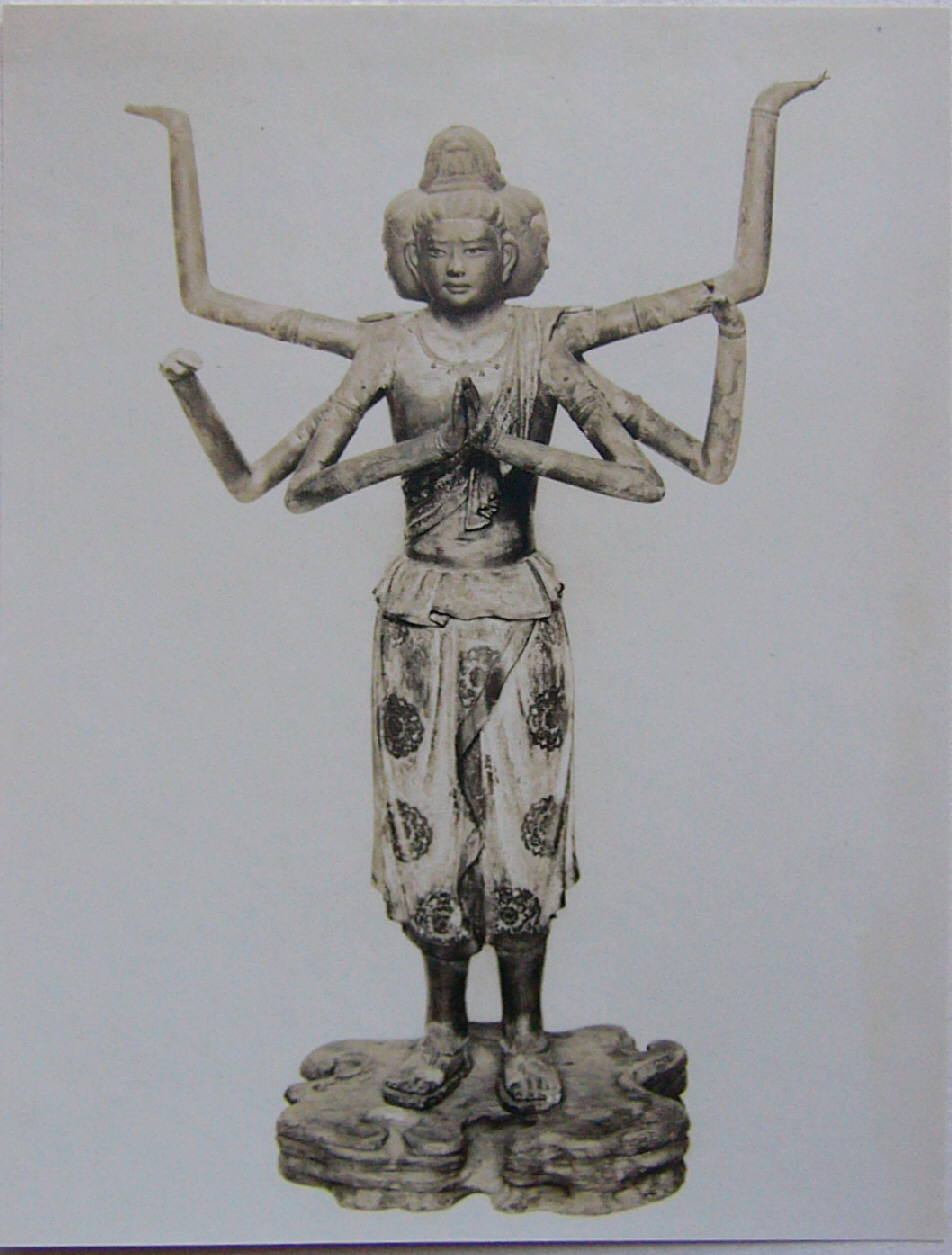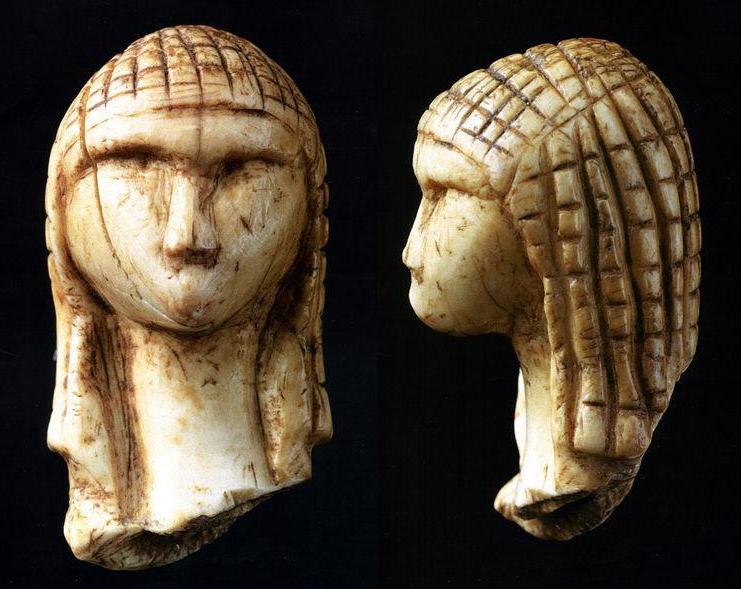|
Suiseki
In traditional Japanese culture, ("水" means Water and "石" is Stone, suiseki means water stone in Japanese) are small, naturally-occurring stones which are appreciated for their beauty and power to evoke a natural scene or object. ''Suiseki'' is said to have originated from the fourteenth-century Chinese interest in stone appreciation; a suiseki stone is said to have been displayed by Japanese Emperor Go-Daigo (1288–1339).Cousins, Craig. (2006) ''Bonsai Master Class,'' p. 244https://www.gov-online.go.jp/eng/publicity/book/hlj/html/202110/202110_06_en.html ''Suiseki'' is tightly intertwined with the Japanese art of bonsai, and it is said that they the twin pillars of the traditional appreciation of the vastness and essence of nature in Culture of Japan, Japanese culture. ''Suiseki'' and bonsai are frequently displayed together in a ''tokonoma''. History Chinese scholar's rocks called ''gongshi'' influenced the development of ''suiseki'' in Japan. The history of ''suisek ... [...More Info...] [...Related Items...] OR: [Wikipedia] [Google] [Baidu] |
Bonsai
Bonsai (; , ) is the Japanese art of Horticulture, growing and shaping miniature trees in containers, with a long documented history of influences and native Japanese development over a thousand years, and with unique aesthetics, cultural history, and terminology derived from its evolution in Japan. Similar arts exist in other cultures, including Korea's ''bunjae'', the Chinese art of ''penjing'', and the miniature living landscapes of Vietnamese . The loanword ''bonsai'' has become an Hyponymy and hypernymy, umbrella term in English, attached to many forms of diminutive potted plants, and also on occasion to other living and non-living things. According to Stephen Orr in ''The New York Times'', "[i]n the West, the word is used to describe virtually all miniature container trees, whether they are authentically trained bonsai or just small rooted cuttings. Technically, though, the term should be reserved for plants that are grown in shallow containers following the precise tenet ... [...More Info...] [...Related Items...] OR: [Wikipedia] [Google] [Baidu] |
National Bonsai Foundation
The National Bonsai Foundation (NBF) is a nonprofit organization that was created to sustain the National Bonsai and Penjing Museum. NBF also helps the United States National Arboretum showcase the arts of bonsai and penjing to the general public. The National Bonsai and Penjing Museum is located on the campus of the U.S. National Arboretum in northeast Washington, D.C. Each year over 200,000 people visit the museum. Distinguished national and international guests of various federal departments are also among the visitors. Mission statement "The National Bonsai Foundation is a section 501(c)(3) nonprofit organization established in 1982 to sustain the National Bonsai and Penjing Museum. It cooperates with the U.S. National Arboretum by offering financial support and advice to the museum. This private/public collaboration between the Foundation and the Arboretum enables the museum to promote the art of bonsai and penjing to visitors through masterpiece displays and educational ... [...More Info...] [...Related Items...] OR: [Wikipedia] [Google] [Baidu] |
Suseok
''Suseok'' (), also called viewing stones or scholar's stones, is the Korean term for rocks resembling natural landscapes. retrieved 2013-2-7. The term also refers to the art of stone appreciation. The stone may be hand-carved or naturally occurring, with natural stones being of greater value. Such stones are similar to Chinese '' gongshi'' () and Japanese '' suiseki'' ().Brokaw, Charles. (2011) ''The Temple Mount Code,'' p. 73 [...More Info...] [...Related Items...] OR: [Wikipedia] [Google] [Baidu] |
Bonseki
''Bonseki'' (, "tray rocks") is the ancient Japanese art of creating miniature landscapes on black trays using white sand, pebbles, and small rocks. Small delicate tools are used in Bonseki such as feathers, small flax brooms, sifters, spoons and wood wedges. The trays are either oval or rectangular, measuring about 60 by 35 centimeters in size. Oval trays have a low rim while rectangular ones are flat. Bonseki scenes often depict mountains, seashores, and gardens. Small stones are used to represent mountains, shore lines or rocky islands that waves break upon. Miniature structures, usually of painted copper, are sometimes added to the work to make houses, temples, bridges, and the like. Bonseki scenes by design are generally meant to only be temporary. Sometimes, by using special methods, a Bonseki scene can be preserved. This is called either ''bonga'' ("tray picture") or ''suna-e'' ("sand picture"). History The origins of Bonseki are unclear but it is believed Emperor ... [...More Info...] [...Related Items...] OR: [Wikipedia] [Google] [Baidu] |
:Category:Japanese Words And Phrases ...
{{Commons Words and phrases by language Words Words Words A word is a basic element of language that carries meaning, can be used on its own, and is uninterruptible. Despite the fact that language speakers often have an intuitive grasp of what a word is, there is no consensus among linguists on its ... [...More Info...] [...Related Items...] OR: [Wikipedia] [Google] [Baidu] |
Japanese Sculpture
Sculpture in Japan began with the clay figure. Towards the end of the long Neolithic Jōmon period, "flame-rimmed" pottery vessels had sculptural extensions to the rim, and very stylized pottery dogū figures were produced, many with the characteristic "snow-goggle" eyes. During the Kofun period of the 3rd to 6th century CE, haniwa terracotta figures of humans and animals in a simplistic style were erected outside important tombs. The arrival of Buddhism in the 6th century brought with it sophisticated traditions in sculpture, Chinese styles mediated via Korea. The 7th-century Hōryū-ji and its contents have survived more intact than any East Asian Buddhist temple of its date, with works including a ''Shaka Trinity'' of 623 in bronze, showing the historical Buddha flanked by two bodhisattvas and also the Guardian Kings of the Four Directions. Jōchō is said not only to be one of the greatest Buddhist sculptors in the Heian period but also in the history of Buddhist statues in ... [...More Info...] [...Related Items...] OR: [Wikipedia] [Google] [Baidu] |
Arts In Japan
The arts or creative arts are a vast range of human practices involving creativity, creative expression, storytelling, and cultural participation. The arts encompass diverse and plural modes of thought, deeds, and existence in an extensive range of List of art media, media. Both a dynamic and characteristically constant feature of human life, the arts have developed into increasingly stylized and intricate forms. This is achieved through sustained and deliberate study, training, or theorizing within a particular tradition, generations, and even between civilizations. The arts are a medium through which humans cultivate distinct social, cultural, and individual identities while transmitting values, impressions, judgments, ideas, visions, spiritual meanings, patterns of life, and experiences across time and space. The arts are divided into three main branches. Examples of visual arts include architecture, ceramic art, drawing, filmmaking, painting, photography, and sculpture. ... [...More Info...] [...Related Items...] OR: [Wikipedia] [Google] [Baidu] |
Chinese Scholar's Rocks
''Gongshi'' (), also known as scholar's rocks or viewing stones, are naturally occurring or shaped rock (geology), rocks which are traditionally appreciated by Chinese scholars.Metropolitan Museum of Art "The World of Scholars' Rocks Gardens, Studios, and Paintings" retrieved 2012-12-20. The term is related to the Korean ''suseok'' () and the Japanese ''suiseki'' (). Scholars' rocks can be any color, and contrasting colors are not uncommon. The size of the stone can also be quite varied: scholars' rocks can weigh hundreds of pounds or less than one pound. The term also identifies stones which are placed in traditional Chinese gardens. History In the Tang dynasty, a set of four important qualities for the rocks were recognized. They are: thinness (瘦 shòu), openness (透 tòu), perforations (漏 lòu), and wrinkling (皺 zhòu). Gongshi influenced the development of Korean ''Korean stone art, suseok'' and Japanese ''suiseki''. Sources There are three main Chinese sources f ... [...More Info...] [...Related Items...] OR: [Wikipedia] [Google] [Baidu] |
United States National Arboretum
The United States National Arboretum is an arboretum in northeast Washington, D.C., operated by the United States Department of Agriculture's Agricultural Research Service. It was established in 1927 by an act of Congress after a campaign by USDA Chief Botanist Frederick Vernon Coville. It is in size and is located northeast of the United States Capitol, Capitol building, with entrances on New York Avenue (Washington, D.C.), New York Avenue, NE and R Street, NE. The campus's gardens, collections, and features are connected by roadways that are long in total. In addition to the main campus in Washington, D.C., there are research locations at the Henry A. Wallace Beltsville Agricultural Research Center in Beltsville, Maryland and in McMinnville, Tennessee, McMinville, Tennessee. The Arboretum functions as a major center of botany, botanical research conducted by the USDA, including applied research on trees, shrubs, turf, and the development of new ornamental plants. In addition ... [...More Info...] [...Related Items...] OR: [Wikipedia] [Google] [Baidu] |
Rochester, New York
Rochester is a city in and the county seat, seat of government of Monroe County, New York, United States. It is the List of municipalities in New York, fourth-most populous city and 10th most-populated municipality in New York, with a population of 211,328 at the 2020 United States census, 2020 census. The city forms the core of the larger Rochester metropolitan area, New York, Rochester metropolitan area in Western New York, with a population of just over 1 million residents. Throughout its history, Rochester has acquired several nicknames based on local industries; it has been known as "History of Rochester, New York#Rochesterville and The Flour City, the Flour City" and "History of Rochester, New York#The Flower City, the Flower City" for its dual role in flour production and floriculture, and as the "World's Image Center" for its association with film, optics, and photography. The city was one of the United States' first boomtowns, initially due to the fertile Genesee River ... [...More Info...] [...Related Items...] OR: [Wikipedia] [Google] [Baidu] |







